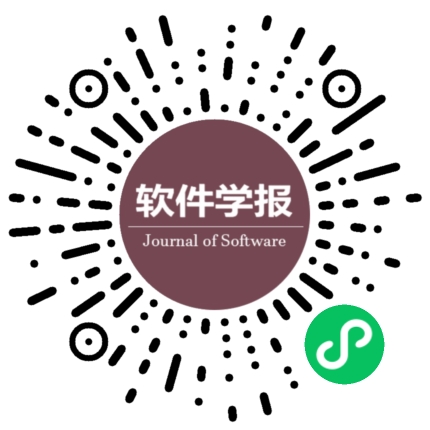轨迹大数据:数据处理关键技术研究综述
作者:
作者单位:
作者简介:
通讯作者:
中图分类号:
基金项目:
国家自然科学基金(61602097,61272527);四川省科技厅计划(2015JY0178);四川省科技支撑计划(2016GZ0065,2016GZ0063);中央高校基本科研业务费(ZYGX2014J051,ZYGX2011J066,ZYGX2015J072);中国博士后基金(2015M572464)
Trajectory Big Data: A Review of Key Technologies in Data Processing
Author:
Affiliation:
Fund Project:
National Natural Science Foundation of China (61602097, 61272527); Sichuan Provincial Science and Technology Department Project (2015JY0178); Sichuan Sicence-Technology Support Plan Program (2016GZ0065, 2016GZ0063); Fundamental Research Funds for the Central Universities (ZYGX2014J051, ZYGX2011J066, ZYGX2015J072); China Postdoctoral Science Foundation (2015M572464)
引用本文
高强,张凤荔,王瑞锦,周帆.轨迹大数据:数据处理关键技术研究综述.软件学报,2017,28(4):959-992
复制相关视频
分享
文章指标
- 点击次数:
- 下载次数:
- HTML阅读次数:
历史
- 收稿日期:2016-06-19
- 最后修改日期:2016-10-14
- 录用日期:
- 在线发布日期: 2016-11-26
- 出版日期:
文章二维码

您是第位访问者
版权所有:中国科学院软件研究所 京ICP备05046678号-3
地址:北京市海淀区中关村南四街4号,邮政编码:100190
电话:010-62562563 传真:010-62562533 Email:jos@iscas.ac.cn
技术支持:北京勤云科技发展有限公司
版权所有:中国科学院软件研究所 京ICP备05046678号-3
地址:北京市海淀区中关村南四街4号,邮政编码:100190
电话:010-62562563 传真:010-62562533 Email:jos@iscas.ac.cn
技术支持:北京勤云科技发展有限公司



